Explore the Famous Racing Cars that Changed Motorsport History
Motorsport has a rich history, shaped by revolutionary cars that have set new standards for performance, technology, and engineering.
From the earliest days of racing to the modern-day, racing cars have not only pushed the limits of speed and endurance but have also transformed the way vehicles are built, raced, and viewed by fans around the world. These machines have become symbols of innovation and are etched in the history books as icons that have changed the face of motorsport.
In this article, we’ll take a closer look at some of the most famous racing cars that have forever altered the course of motorsport history. From groundbreaking designs to record-breaking feats on the racetrack, these cars have paved the way for the modern performance cars we know and love today.
Table of Contents
Mercedes-Benz W125 (1937) – The Car that Reached 432 km/h
The Mercedes-Benz W125 is a historical milestone in motorsport. In 1937, it set a world speed record, achieving an astonishing 432 km/h (268 mph), a record that stood for several decades. This was an era when racing cars were designed for sheer speed, and the W125 was a prime example of the engineering brilliance that was present during the pre-war racing period.
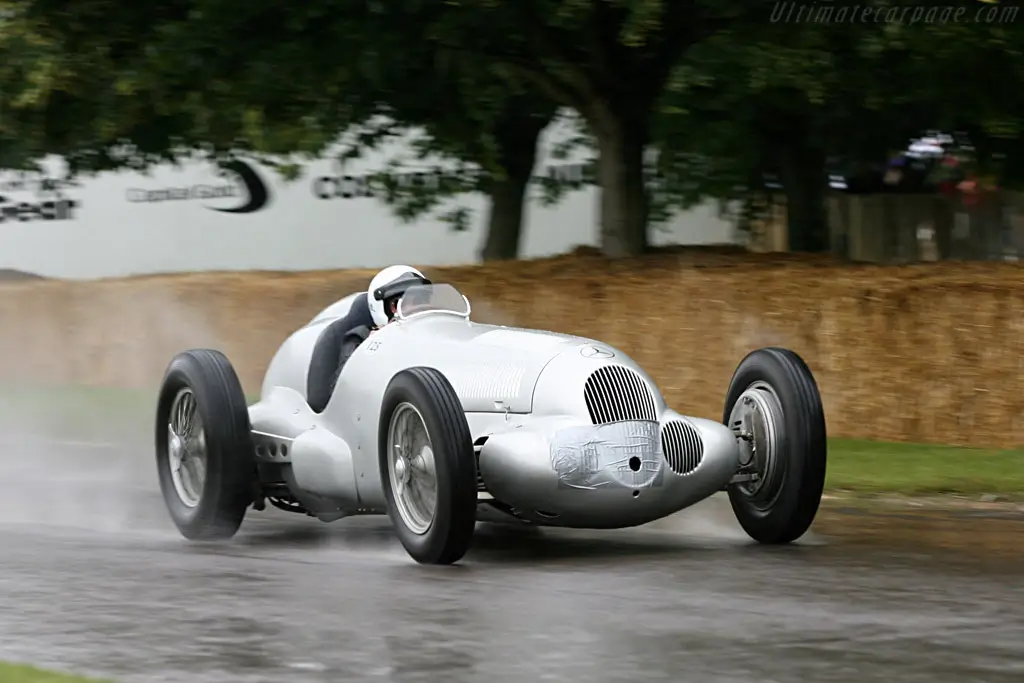
Key Features:
- Engine: A 5.6-liter V12 engine capable of producing 592 horsepower, making it one of the most powerful cars of its time.
- Aerodynamics: The W125 featured an innovative aerodynamic design that helped reduce drag and increase speed, especially at high velocities.
- Legacy: The W125’s record-breaking performance set the stage for future advancements in both Formula 1 and land-speed racing.
Why It Changed Motorsport:
The W125’s groundbreaking performance marked the start of a new era for racing cars, demonstrating the importance of aerodynamics, engine power, and innovative design in motorsport.
Ferrari 250 GTO (1962) – The Icon of Racing Elegance
The Ferrari 250 GTO is often considered one of the most beautiful cars ever built and is an icon in the world of motorsport. With only 36 units produced, it became one of the most sought-after racing cars in history, combining speed, elegance, and reliability.
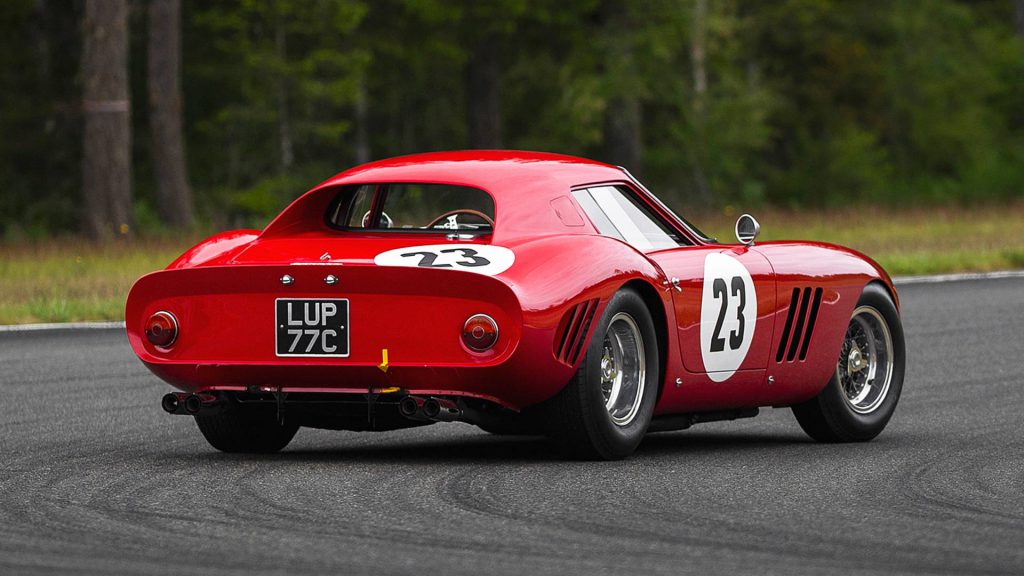
Key Features:
- Engine: A 3.0-liter V12 engine producing 296 horsepower, giving it a top speed of over 174 mph.
- Design: The sleek and aerodynamic design, crafted by Carrozzeria Scaglietti, helped the 250 GTO excel in races.
- Racing Legacy: The Ferrari 250 GTO dominated numerous races in the 1960s, including the prestigious 24 Hours of Le Mans.
Why It Changed Motorsport:
The 250 GTO is regarded as a symbol of motorsport success and luxury, and its design and engineering advancements influenced the direction of sports car racing for years to come. Its racing pedigree, combined with its beauty and exclusivity, made it an icon.
Ford GT40 (1966) – The Car that Beat Ferrari at Le Mans
The Ford GT40 is a legendary racing car that changed the course of motorsport history by breaking Ferrari’s domination of the 24 Hours of Le Mans. The GT40 was the result of Henry Ford II’s desire to beat Ferrari at the most prestigious endurance race in the world.
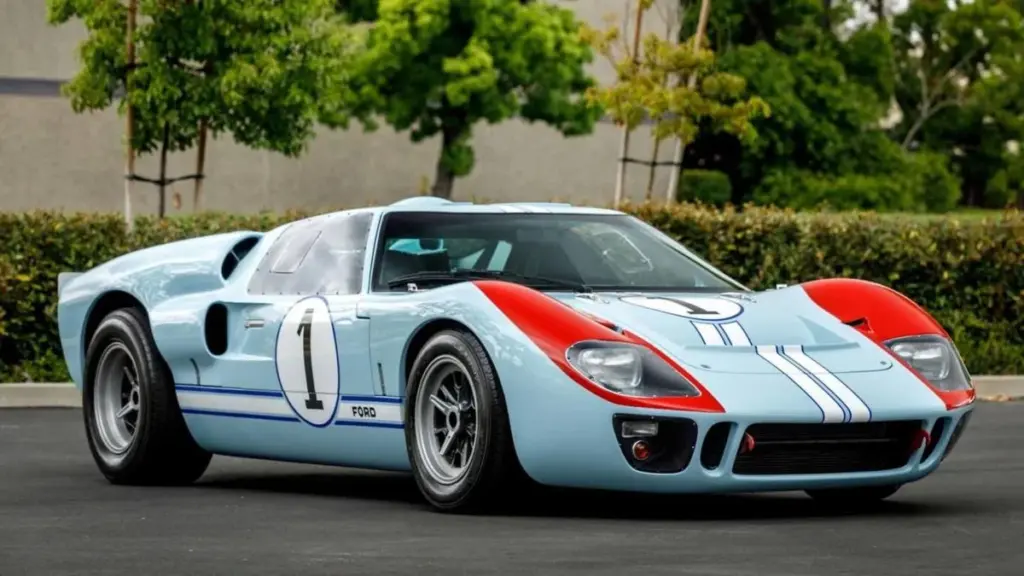
Key Features:
- Engine: The GT40 was powered by a 7.0-liter V8 engine, capable of producing 485 horsepower.
- Design: Built by Ford’s engineering team, the GT40 featured a low, wide body to reduce drag and improve handling on high-speed straights and tight corners.
- Performance: In 1966, the Ford GT40 took the top three spots at the Le Mans 24-hour race, marking a significant victory for Ford.
Why It Changed Motorsport:
The victory of the GT40 over Ferrari at Le Mans not only shifted the balance of power in endurance racing but also marked a turning point in automotive engineering. The GT40 became a symbol of American engineering prowess and the competitiveness of motorsport.
Porsche 917 (1969) – The Endurance Racing Dominator
The Porsche 917 is one of the most successful endurance racing cars of all time and played a pivotal role in Porsche’s dominance in motorsport. It was developed specifically for the 24 Hours of Le Mans, where it went on to secure Porsche’s first overall victory in 1970.

Key Features:
- Engine: The 917 was powered by a 4.5-liter to 6.6-liter V12 engine that produced up to 600 horsepower.
- Aerodynamics: The Porsche 917 was designed with a lightweight, streamlined body that allowed it to reach high speeds while maintaining stability on the track.
- Victory: The Porsche 917 achieved one of the most iconic victories in Le Mans history, with Jo Siffert and Hans Herrmann driving it to victory in 1970.
Why It Changed Motorsport:
The Porsche 917 set a new benchmark for performance and reliability in endurance racing. Its advanced engineering, combined with Porsche’s focus on innovation, helped elevate the sport and pushed other manufacturers to raise their standards.
McLaren F1 (1992) – The Supercar that Revolutionized Speed and Luxury
The McLaren F1 was one of the most innovative sports cars ever created, and it holds a special place in both motorsport and road car history. When it debuted in 1992, it was the fastest production car in the world, and its racing pedigree further solidified its reputation.
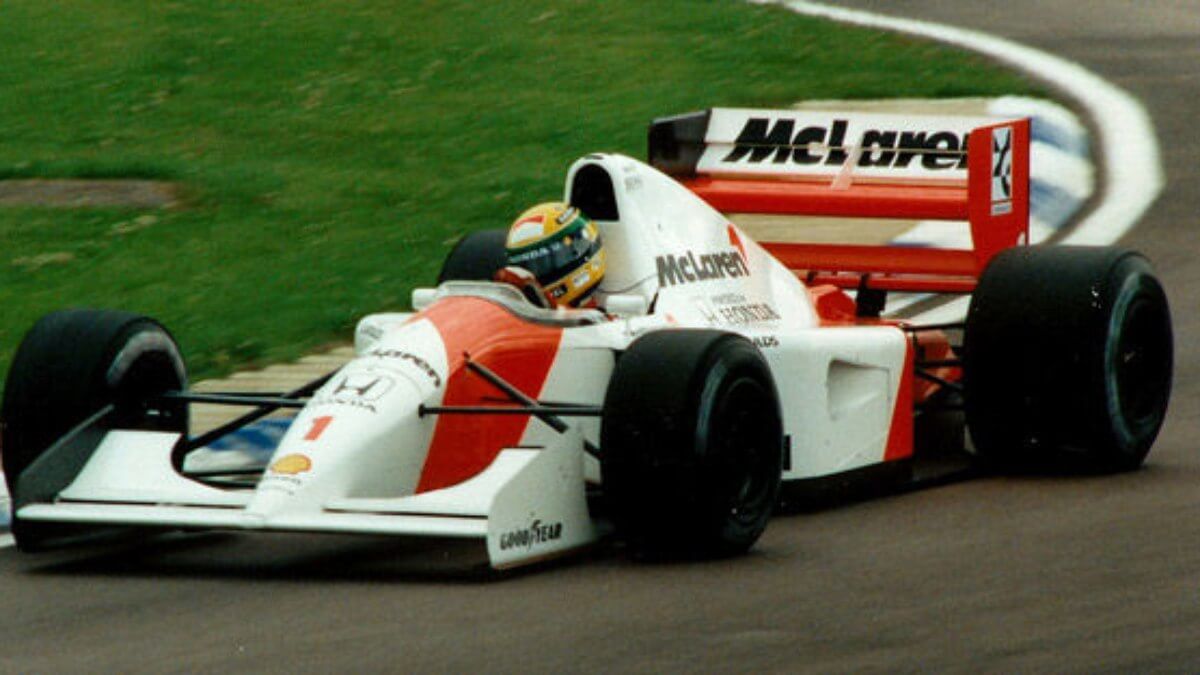
Key Features:
- Engine: A 6.1-liter naturally aspirated V12 engine producing 627 horsepower, which enabled the F1 to reach a top speed of 240 mph.
- Design: The McLaren F1’s design was revolutionary, featuring a central driving position, lightweight carbon fiber construction, and a three-seat layout.
- Racing Legacy: The F1 also found success on the racing circuit, including a win at the 24 Hours of Le Mans in 1995, cementing its legacy as a true motorsport icon.
Why It Changed Motorsport:
The McLaren F1 set new standards for performance, speed, and luxury in both road cars and motorsports. Its groundbreaking design and engineering have influenced both sports cars and racing cars that followed.
NASCAR’s Chevrolet Impala SS (2007) – Pushing the Boundaries of Stock Car Racing
While not necessarily a car from the open road racing world, the Chevrolet Impala SS used in NASCAR from 2007 onwards deserves a mention for its influence on stock car racing in the U.S. Stock car racing has its own unique set of challenges and innovations, and the Chevrolet Impala SS played a major role in shaping NASCAR’s competitive nature.
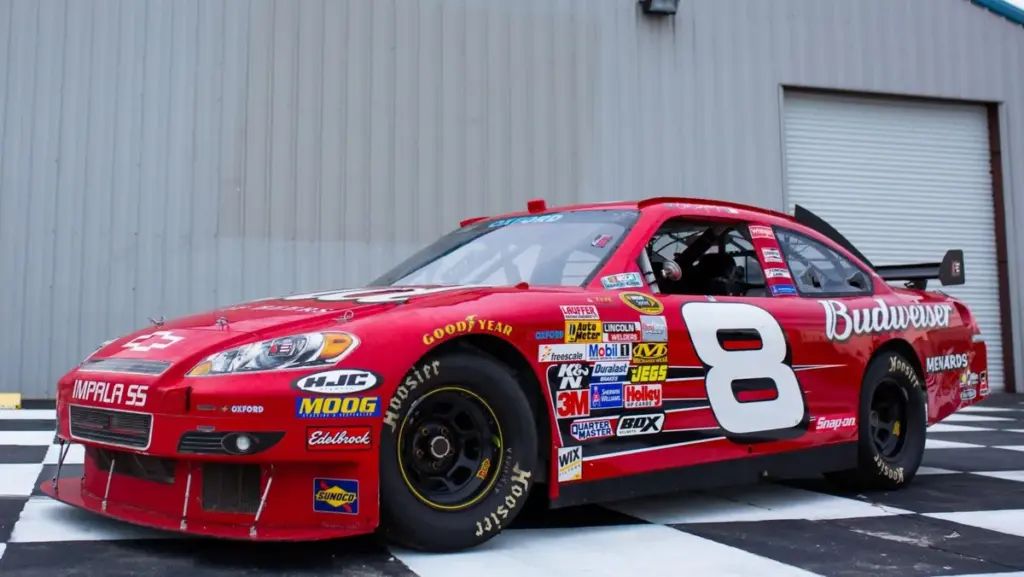
Key Features:
- Engine: A 5.8-liter V8 engine producing around 850 horsepower, designed for high speeds on oval tracks.
- Aerodynamics: The Impala SS featured specialized bodywork to improve downforce and reduce drag, crucial for stock car racing.
- Legacy: The Impala SS was part of a generation of cars that helped NASCAR evolve into the modern form we see today.
Why It Changed Motorsport:
NASCAR is an iconic part of American racing, and the Chevrolet Impala SS represented a new era of innovation in stock car racing. Its aerodynamic improvements and increased power helped to make the sport faster and more exciting.
Formula 1’s Mercedes W11 (2020) – The Dominator of Modern F1
The Mercedes W11 Formula 1 car, driven by Lewis Hamilton and Valtteri Bottas during the 2020 season, was one of the most dominant cars in F1 history. Its combination of aerodynamics, engine performance, and handling was a masterclass in Formula 1 car design.
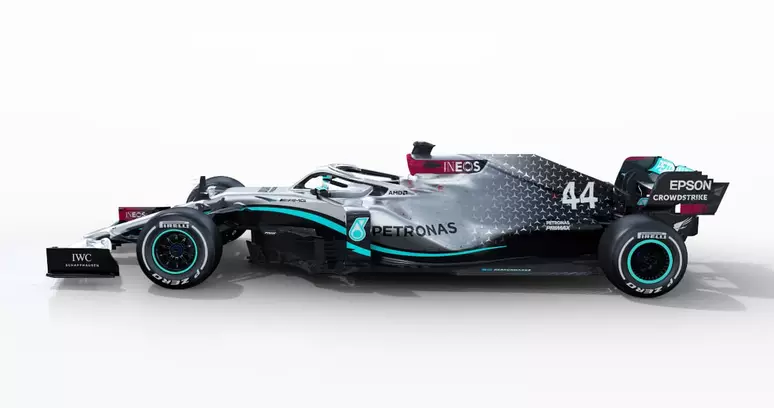
Key Features:
- Engine: A turbocharged 1.6-liter V6 hybrid engine producing around 1,000 horsepower.
- Aerodynamics: The W11 featured advanced aerodynamics, including an innovative DAS (Dual-Axis Steering) system that allowed drivers to adjust the temperature of the tires during a race.
- Performance: The W11 dominated the 2020 F1 season, winning 13 of the 17 races and helping Mercedes secure both the Constructors’ and Drivers’ Championships.
Why It Changed Motorsport:
The Mercedes W11 is a great example of the relentless pursuit of perfection in Formula 1. Its technological innovations, especially the DAS system, showcased the cutting-edge nature of modern racing technology and left an indelible mark on the history of F1.
Conclusion
From the early days of racing to the high-tech machines of today, racing cars have played an instrumental role in shaping the motorsport world. The vehicles listed here are just a few examples of how innovative engineering, design, and performance have transformed racing history.
These cars have not only set records but have pushed the boundaries of what is possible in motorsport, leading to advances that influence both racing and the production cars we drive today.
The legends like the Mercedes-Benz W125, Ford GT40, and Porsche 917 helped carve the path for modern racing cars, while new machines like the Mercedes W11 and McLaren F1 continue to inspire the next generation of engineers and race car designers.
The evolution of these machines is a testament to the spirit of innovation that defines motorsport, making each new generation of racing cars even more exciting and cutting-edge than the last.
Sources and Inspirations:
This article is inspired by information from Automobile Magazine, F1 Official Website, NASCAR.com, and Porsche’s Historic Motorsport Archives.
